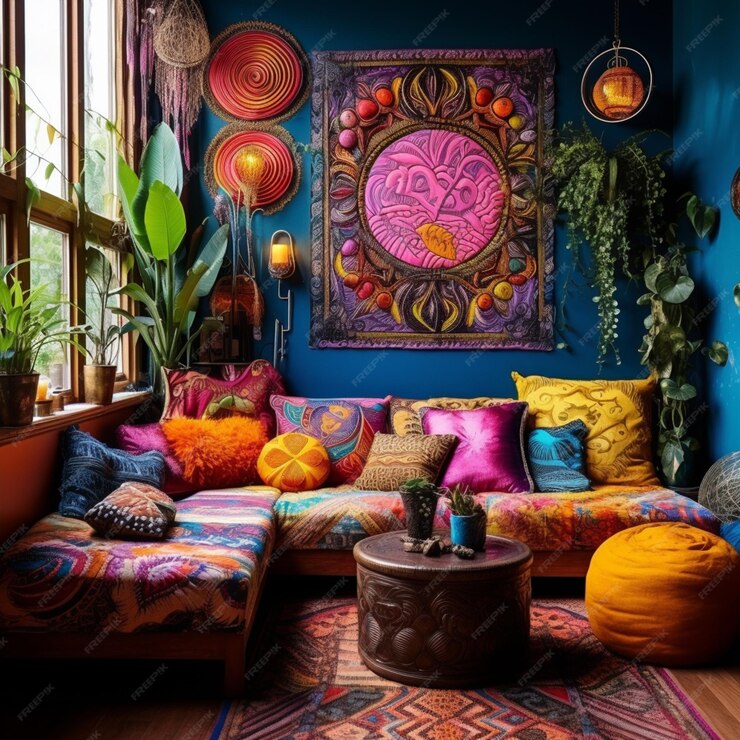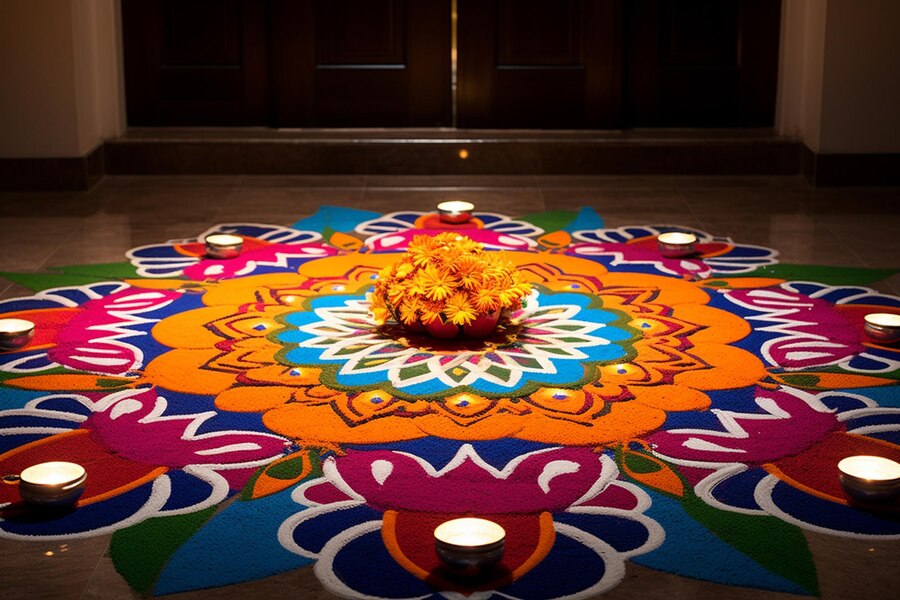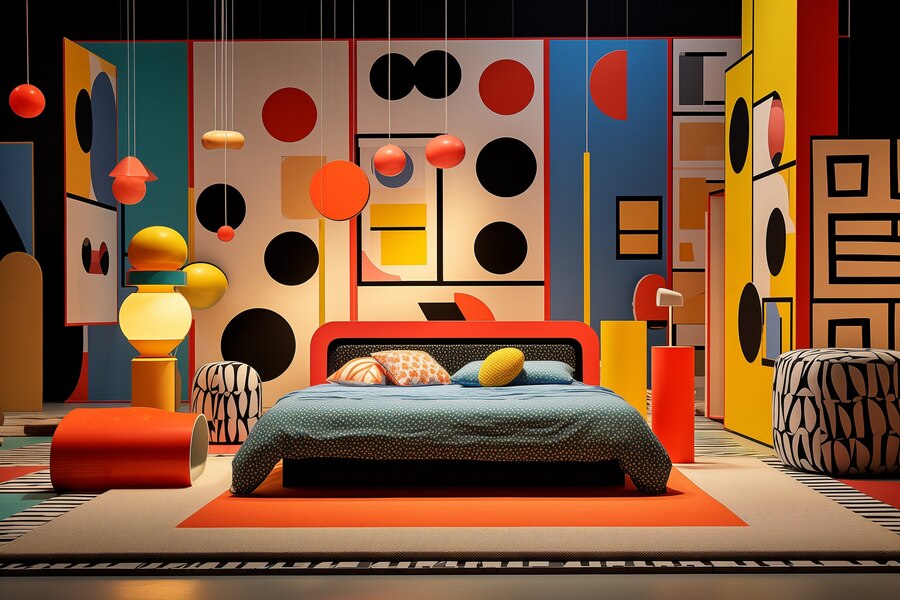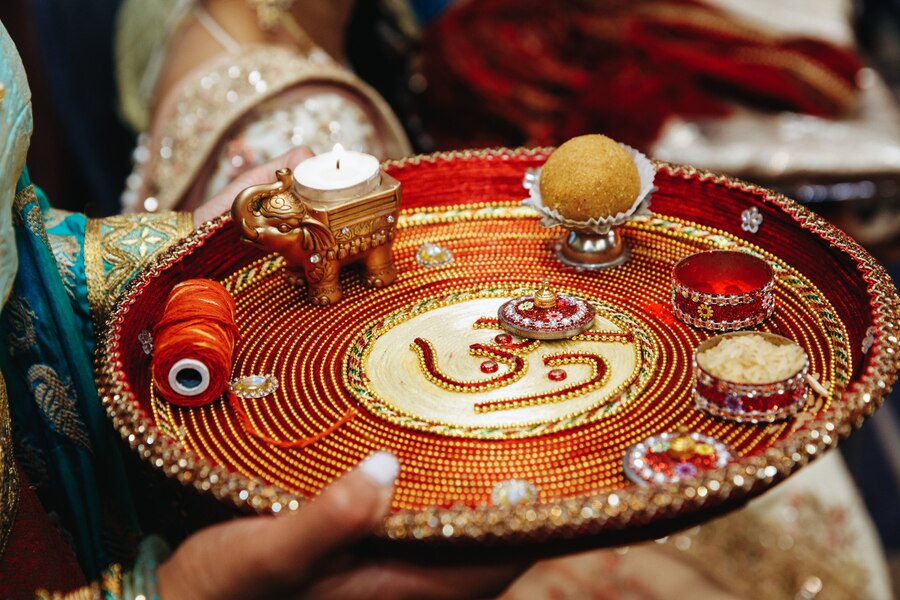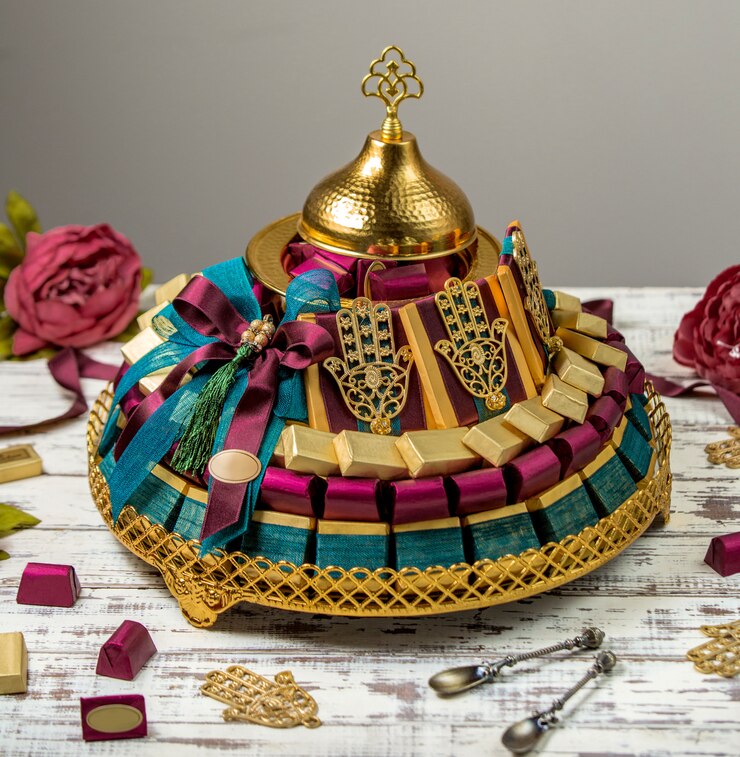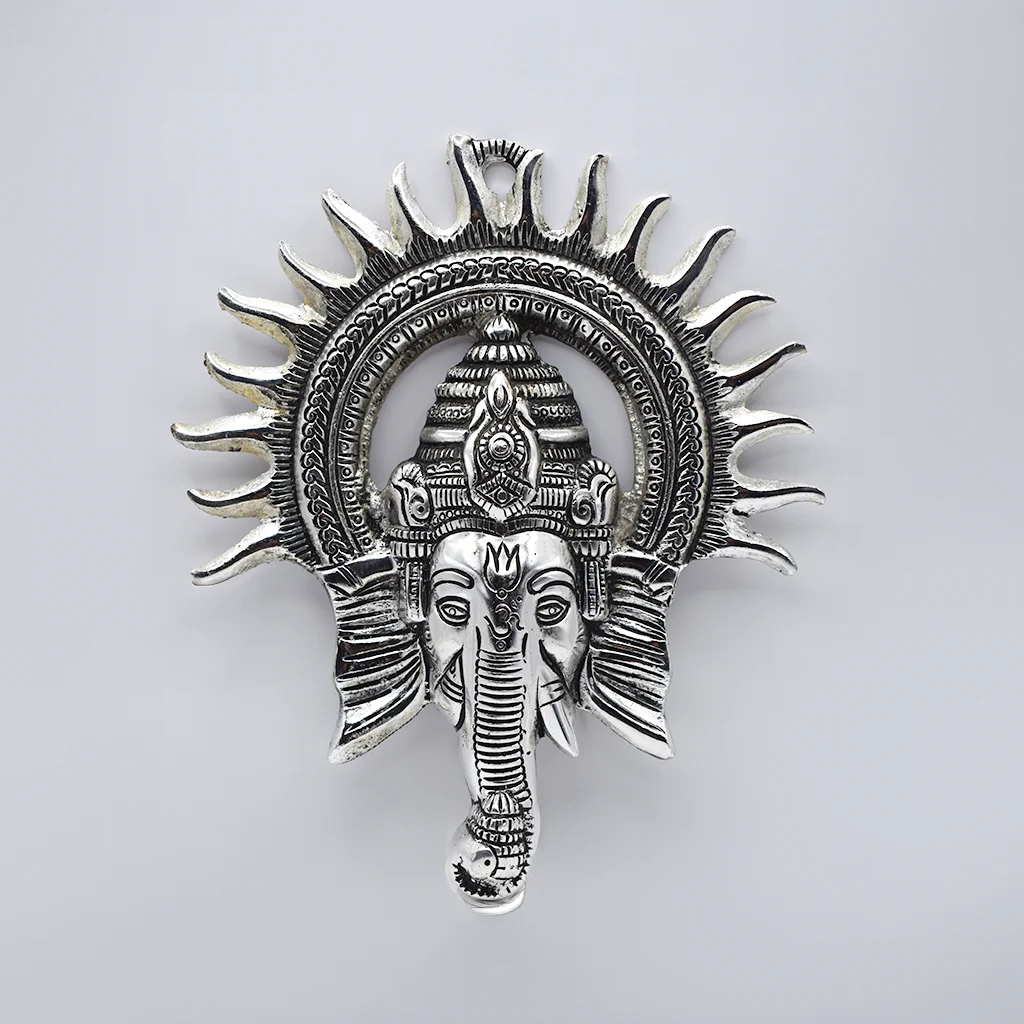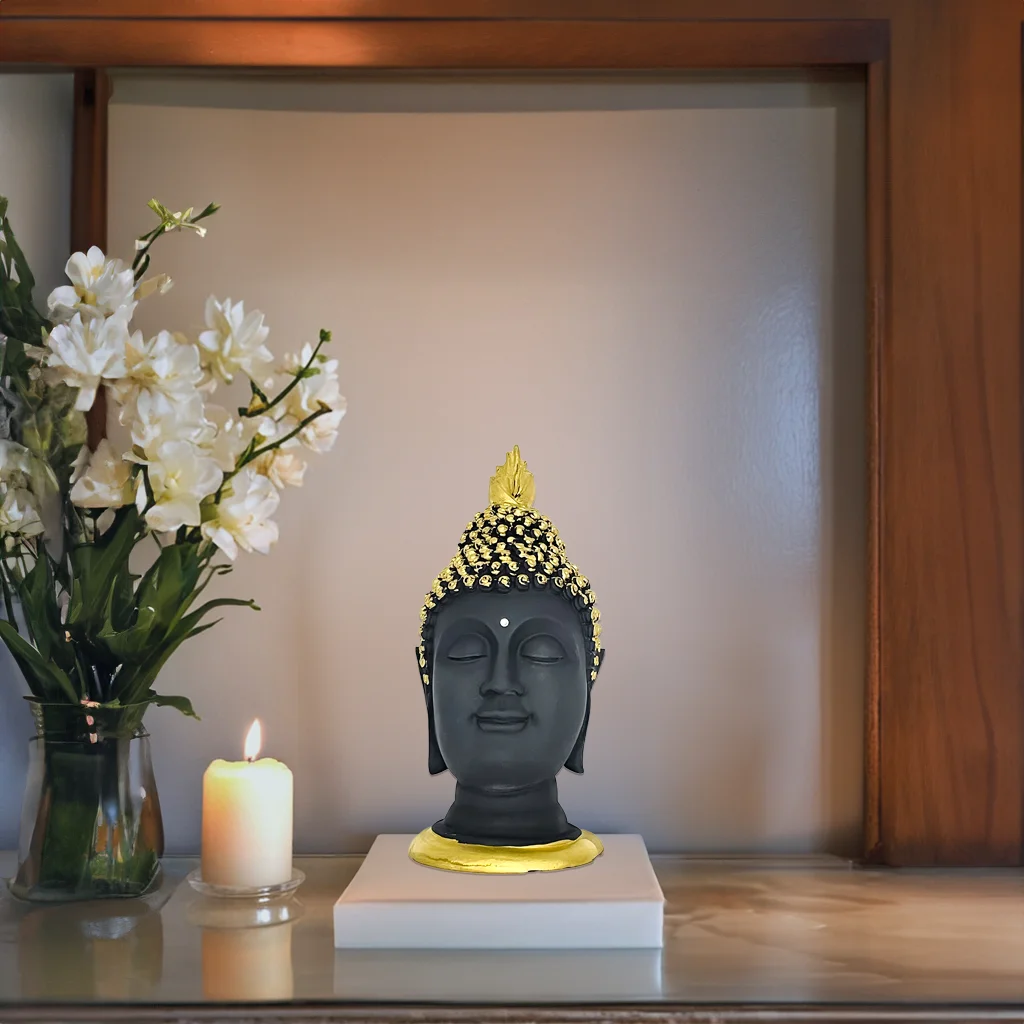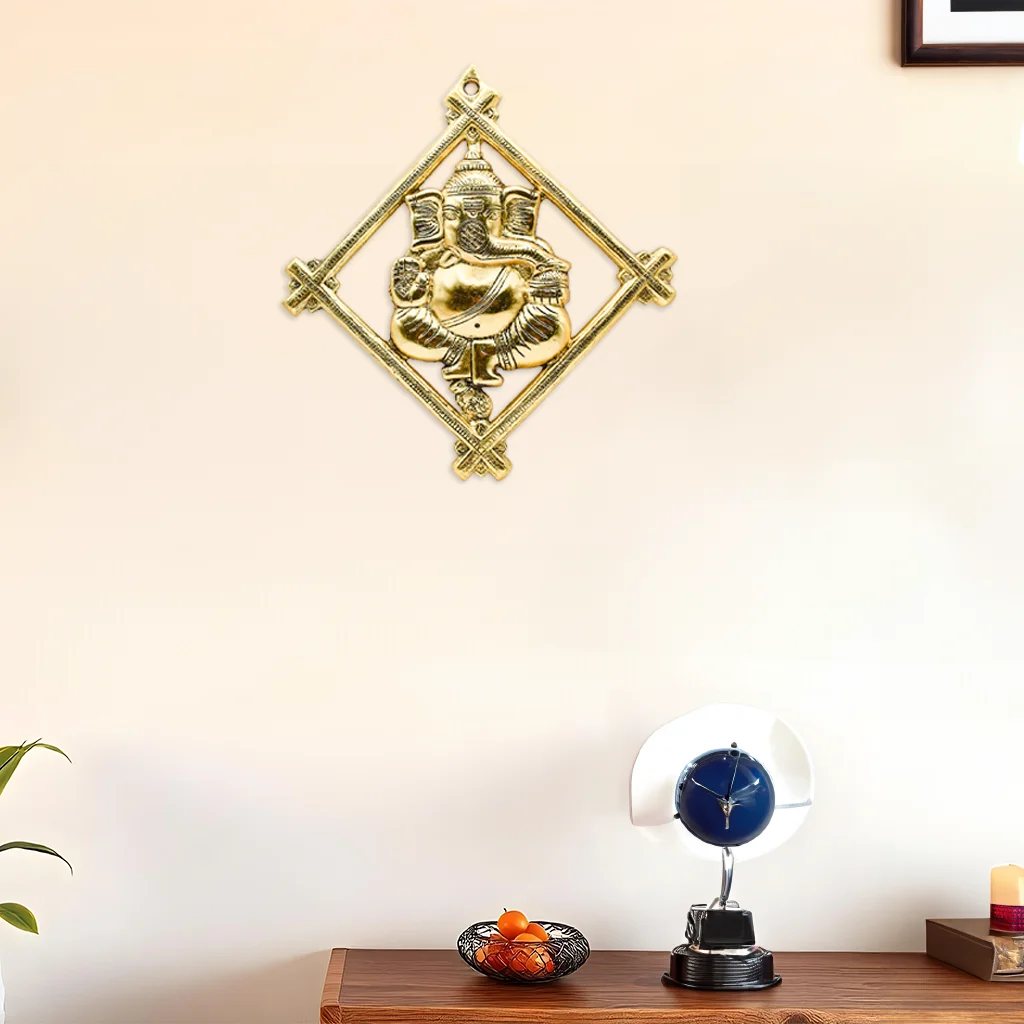The Origins of Blue Pottery – The name “Blue Pottery” refers to the blue colours that are produced by combining glass, quartz, and Fuller’s earth in a special way. Its origins can be traced to Persia, from where this art form travelled to Rajasthan, where it flourished and became an integral part of the local culture.

The Unique Process Behind Blue Pottery Creation – The method of creating Blue Pottery is extremely precise and labour-intensive. The clay is painstakingly shaped by artisans by hand, and then elaborate motifs are painted by hand using natural colours. The pottery is then given its distinctive glossy surface by glazing and firing it at high temperatures. Rajasthan, known for its magnificent forts, colourful festivals, and superb handicrafts, is frequently referred to as the “land of kings and colours.” It’s a place where art is ingrained in tradition and history and is more than just a means of expression.

Beauty in Imperfection – The flaws of Blue Pottery are what make it unique. Each piece is genuinely unique because it carries the artisan’s handiwork, unlike mass-produced goods. These flaws give Blue Pottery a feeling of genuineness and charm that has won people over all over the world.

Incorporating Blue Pottery into Modern Decor – Despite its traditional beginnings, Blue Pottery effortlessly melds with contemporary décor styles, bringing a touch of elegance and charm to any area. These handcrafted jewels radiate understated luxury, whether they are used as statement pieces or delicate accents. Rajasthan’s artistic past endures, as seen by Blue Pottery, a product of an era dominated by mass-produced commodities. Its stories, which capture the essence of a place rich in custom and workmanship, are just as captivating as its visual beauty.















